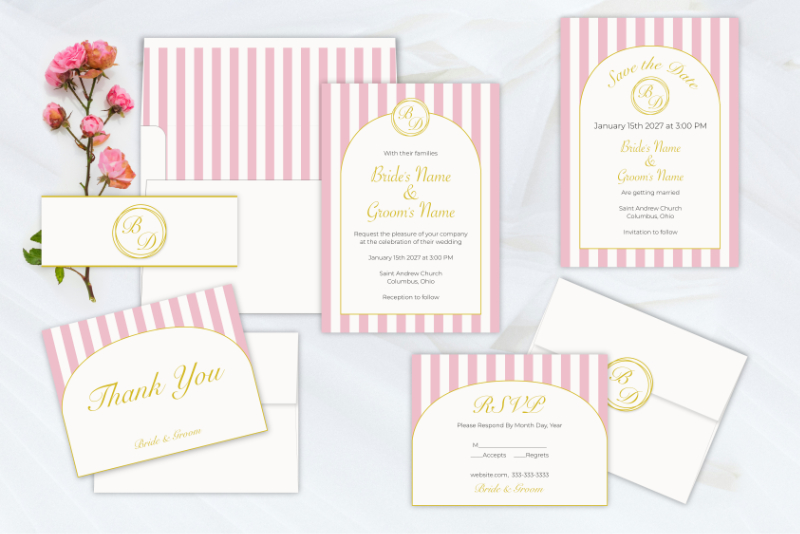Introduction to Multiple Languages in Kwik

One of the nice features of Kwik is the ability to have text and audio narration in multiple languages. In the discussion below, we will be using both English and Spanish for our app. Our first step is to create the layers for the Read to Me buttons, the text and the graphics. We also need narrative audio files for both languages.
Read to Me Button Layers
As with all Kwik book apps, the Read to Me button on the cover page will tell the app to play a narrative audio file that matches the text on each page of the app. But since we have two languages, we will need a Read to Me button for each language. If we are using rollover buttons, we will need four Read to Me buttons; two for each language. Let's name these button layers as follows.
btnEnglish
btnEnglish2 (for rollover only)
btnSpanish
btnSpanish2 (for rollover only)
Graphics
Our sample app is about food. On page 1 of the app we will display a taco for the Spanish version and a hot dog for the English. Name these layers p1Taco and p1Hotdog.
p1Taco
p1Hotdog
Read to Me Narrative Audio Files
For single language apps, we would name the audio file p1nar.mp3. The p1 prefix tells us that this audio file is for page 1 of the app. You would want to change the prefix to p2, p3 etc for the narrative audio file for subsequent pages.
Of course, we will have one English and one Spanish audio file for each page in our multi-language app. Kwik will recognize our audio files by the names we give to them. Let’s add the Kwik prefix of en_ for the English audio and sp_ for the Spanish audio. You will understand why we use these specific prefixes when we set up the Multi-Language Project Properties. We will import these audio files on page 1 of the app. For page 2 of the app, we would import two audio files named en_p2nar.mp3 and sp_p2nar.mp3. For each new page, you would use the corresponding prefix.
en_p1nar.mp3
sp_p1nar.mp3
en_p2nar.mp3
sp_p2nar.mp3
en_p3nar.mp3
sp_p3nar.mp3
Multi-Language Text Layers
For every page, we will need a text layer in the Layers panel for both languages. For our sample, we will name the text layers p1EnText and p1SpText. Add these layers just above the background layer. For subsequent pages name the text layers pxEnText and pxSpText, where x is the number of the page.
p1EnText
p1SpText
p2EnText
p2SpText
p3EnText
p3SpText
Multi-Language Project Properties
Now we are ready to set up the multi-language feature. From the Kwik panel, click on the Project and Pages icon and then the Multi-Language Project Properties icon. In the dialog box, click the Plus icon to enter each of the languages you are using in your app. For our sample, we will have both the English and Spanish. The IDs for each language is en for English and sp for Spanish. These are the same IDs that we used previously for the audio files (en_ and sp_). These must match.
en English
sp Spanish
Next →
Copyright 2018 Adobe Systems Incorporated. All rights reserved. Adobe product screen shot(s) reprinted with permission from Adobe Systems Incorporated. Adobe, Photoshop, Photoshop Album, Photoshop Elements, Illustrator, InDesign, GoLive, Acrobat, Cue, Premiere Pro, Premiere Elements, Bridge, After Effects, InCopy, Dreamweaver, Flash, ActionScript, Fireworks, Contribute, Captivate, Flash Catalyst and Flash Paper is/are either [a] registered trademark[s] or a trademark[s] of Adobe Systems Incorporated in the United States and/or other countries.
Kwik product, the Kwik logo and Kwiksher are properties of Kwiksher.com - Copyright 2011. Screen shots used by permission.
These tutorials are for the older version of Kwik 2 and may not be much help when using Kwik 3 and above. If you are having trouble, please use the Kwik forum.
Read to Me Button Layers
As with all Kwik book apps, the Read to Me button on the cover page will tell the app to play a narrative audio file that matches the text on each page of the app. But since we have two languages, we will need a Read to Me button for each language. If we are using rollover buttons, we will need four Read to Me buttons; two for each language. Let's name these button layers as follows.
btnEnglish
btnEnglish2 (for rollover only)
btnSpanish
btnSpanish2 (for rollover only)
Graphics
Our sample app is about food. On page 1 of the app we will display a taco for the Spanish version and a hot dog for the English. Name these layers p1Taco and p1Hotdog.
p1Taco
p1Hotdog
Read to Me Narrative Audio Files
For single language apps, we would name the audio file p1nar.mp3. The p1 prefix tells us that this audio file is for page 1 of the app. You would want to change the prefix to p2, p3 etc for the narrative audio file for subsequent pages.
Of course, we will have one English and one Spanish audio file for each page in our multi-language app. Kwik will recognize our audio files by the names we give to them. Let’s add the Kwik prefix of en_ for the English audio and sp_ for the Spanish audio. You will understand why we use these specific prefixes when we set up the Multi-Language Project Properties. We will import these audio files on page 1 of the app. For page 2 of the app, we would import two audio files named en_p2nar.mp3 and sp_p2nar.mp3. For each new page, you would use the corresponding prefix.
en_p1nar.mp3
sp_p1nar.mp3
en_p2nar.mp3
sp_p2nar.mp3
en_p3nar.mp3
sp_p3nar.mp3
Multi-Language Text Layers
For every page, we will need a text layer in the Layers panel for both languages. For our sample, we will name the text layers p1EnText and p1SpText. Add these layers just above the background layer. For subsequent pages name the text layers pxEnText and pxSpText, where x is the number of the page.
p1EnText
p1SpText
p2EnText
p2SpText
p3EnText
p3SpText
Multi-Language Project Properties
Now we are ready to set up the multi-language feature. From the Kwik panel, click on the Project and Pages icon and then the Multi-Language Project Properties icon. In the dialog box, click the Plus icon to enter each of the languages you are using in your app. For our sample, we will have both the English and Spanish. The IDs for each language is en for English and sp for Spanish. These are the same IDs that we used previously for the audio files (en_ and sp_). These must match.
en English
sp Spanish
Next →
Copyright 2018 Adobe Systems Incorporated. All rights reserved. Adobe product screen shot(s) reprinted with permission from Adobe Systems Incorporated. Adobe, Photoshop, Photoshop Album, Photoshop Elements, Illustrator, InDesign, GoLive, Acrobat, Cue, Premiere Pro, Premiere Elements, Bridge, After Effects, InCopy, Dreamweaver, Flash, ActionScript, Fireworks, Contribute, Captivate, Flash Catalyst and Flash Paper is/are either [a] registered trademark[s] or a trademark[s] of Adobe Systems Incorporated in the United States and/or other countries.
Kwik product, the Kwik logo and Kwiksher are properties of Kwiksher.com - Copyright 2011. Screen shots used by permission.
These tutorials are for the older version of Kwik 2 and may not be much help when using Kwik 3 and above. If you are having trouble, please use the Kwik forum.

Related Articles
Editor's Picks Articles
Top Ten Articles
Previous Features
Site Map
Content copyright © 2023 by Diane Cipollo. All rights reserved.
This content was written by Diane Cipollo. If you wish to use this content in any manner, you need written permission. Contact Diane Cipollo for details.







